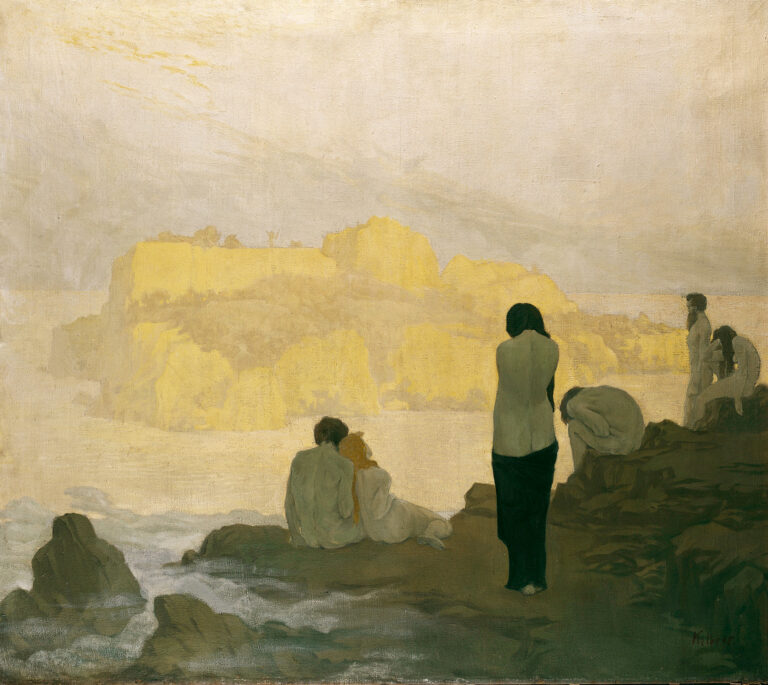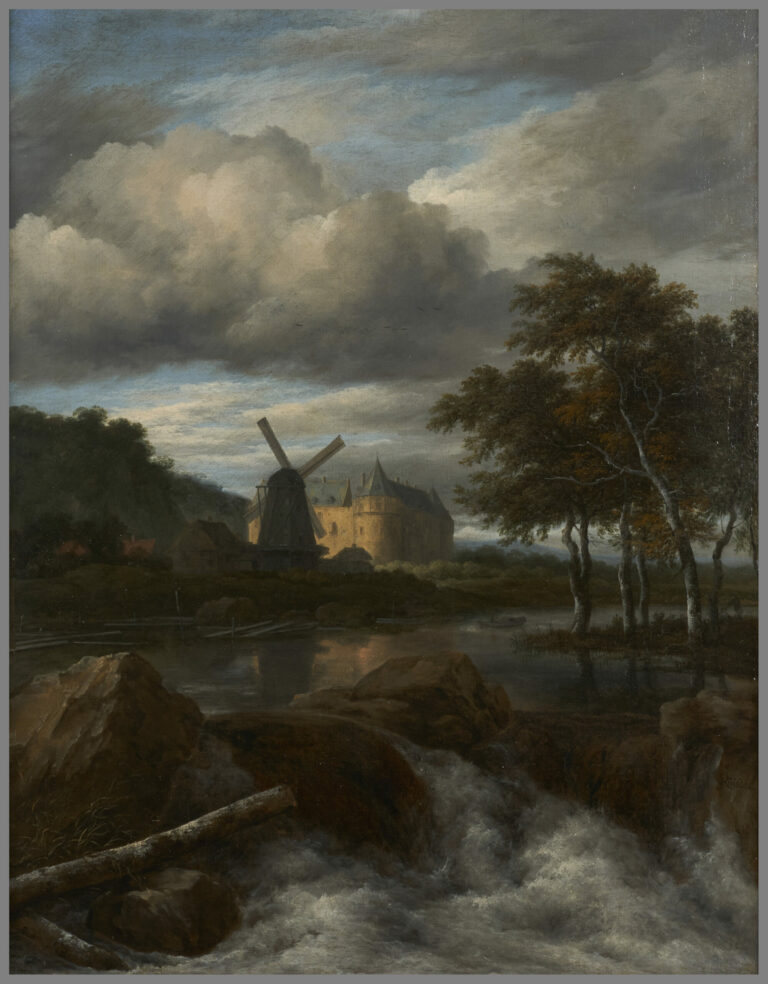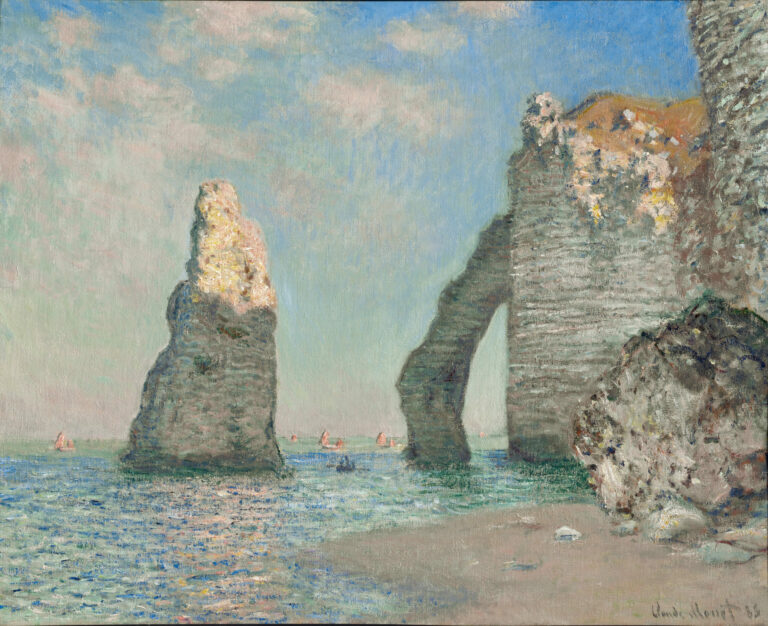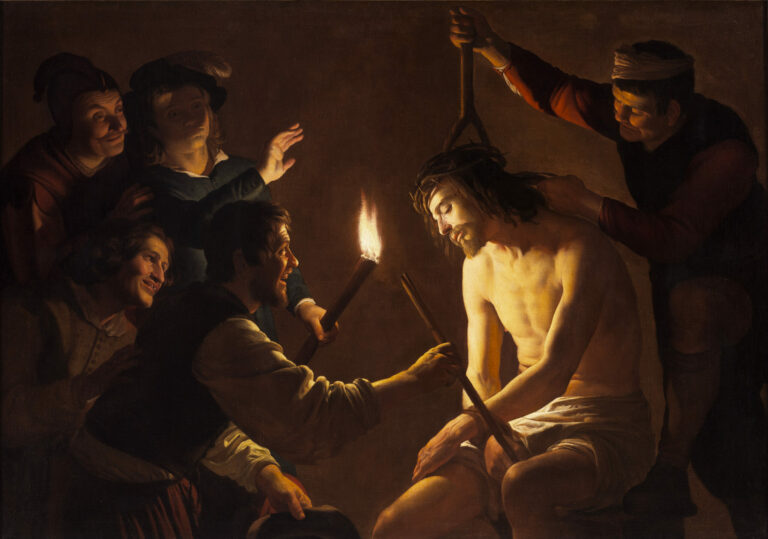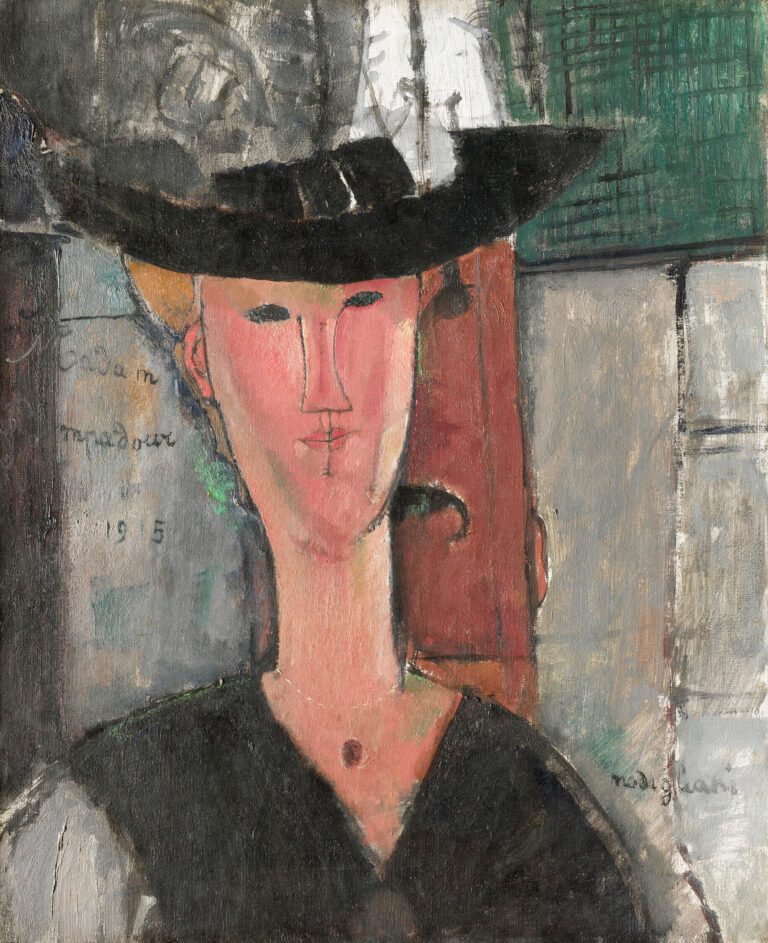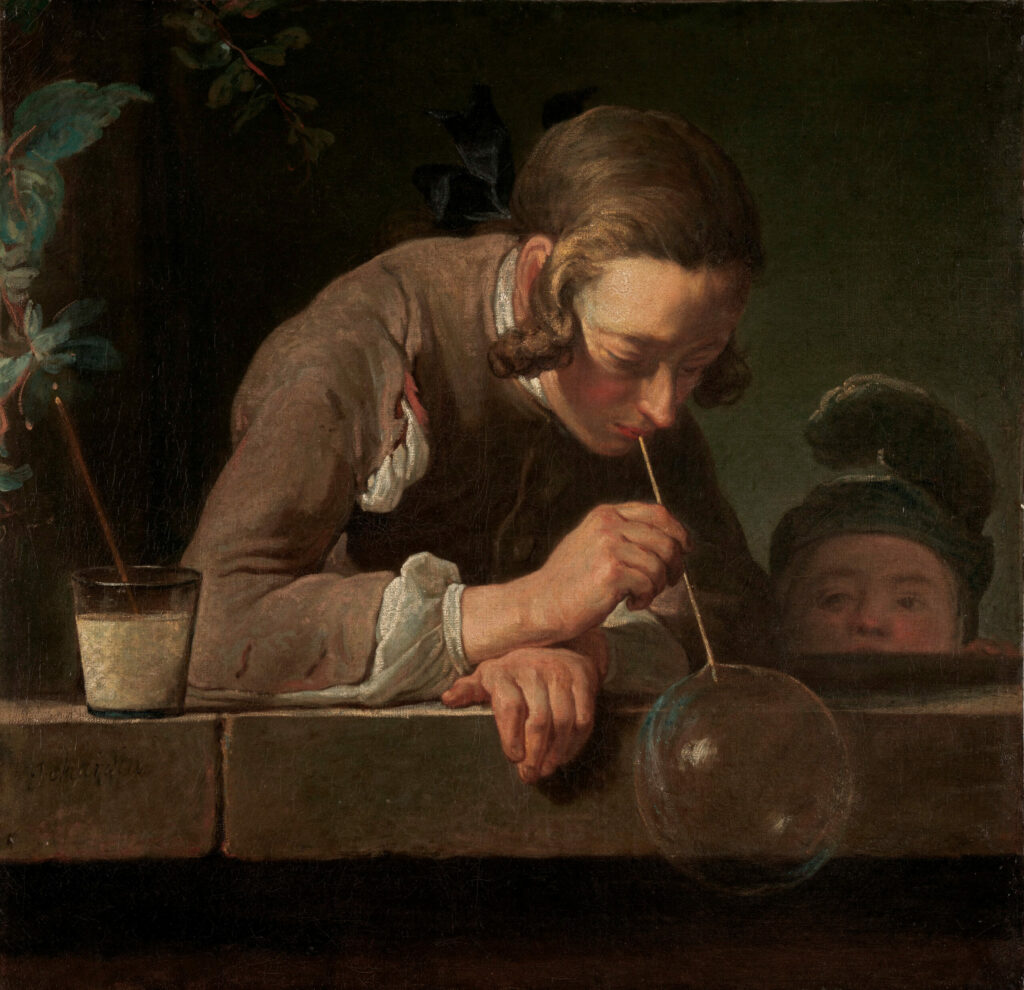
This work by Jean Siméon Chardin, painted around 1734, illustrates the master’s art of transforming a genre scene into a poetic meditation on existence.
The subject, inspired by the Dutch tradition of the 17th century, presents a young man absorbed in the delicate act of blowing a soap bubble, observed by a fascinated child.
The composition reveals Chardin’s technical virtuosity: his subtle impastos bring life to the rough texture of the jacket, the pearlescent softness of the skin, and the fleeting brilliance of the bubble. The atmosphere of silent concentration that emanates from the canvas transforms this ordinary moment into one of pure contemplation, revealing the artist’s genius in capturing the very essence of the human condition.
Further informations
- Soap Bubbles, by Jean Siméon Chardin, circa 1734
- 61 x 63.2 cm (24 x 24 7/8 in.)
- The Metropolitan Museum of Art, Fifth Avenue, New York, displayed in gallery 629
- https://www.metmuseum.org/art/collection/search/435888
Jean Siméon Chardin (1699-1779) remains one of the greatest French painters of the 18th century, recognized for his still lifes of striking truth and his genre scenes imbued with tenderness. Born into the Parisian artisan bourgeoisie—his father was a carpenter specializing in billiard tables—he developed a unique naturalist style, favoring direct observation of reality over the academic idealization then in vogue. Admitted to the Royal Academy of Painting in 1728 as a “painter of animals and fruits,” he revolutionized the art of still life by conferring new dignity upon everyday objects: strawberries, pears, peaches, kitchen utensils, or game. Appreciated by Louis XV who granted him a pension and lodging at the Louvre, he profoundly influenced European art and continues to inspire today through his ability to elevate the prosaic to the sublime, making each canvas a meditation on the beauty of the sensible world.

